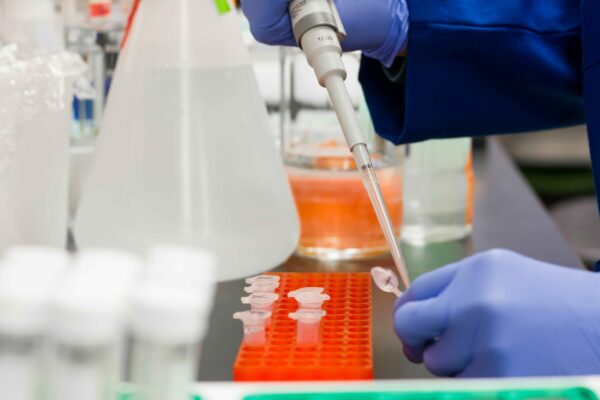Rexarc is currently open from 7:30 AM – 4:00 PM EST, Monday – Friday. Read More
Rexarc is currently open from 7:30 AM – 4:00 PM EST, Monday – Friday. Read More

Deionized water tanks are used to store water that has had most of a particular type of contaminant removed. To keep the water from regaining this contaminant, special measures must be taken. This article will go over what deionized water is, how it’s made, and how it has to be stored.
Water straight from a tap has things other than water in it, including traces of salts, metals, and other impurities. For most applications, these small quantities of impurities don’t make a difference, but for some specialized uses, even small amounts can have an impact.
Deionized water has had most of the ionic contaminants removed. These are simply atoms and molecules with a positive or negative charge, like Na+, Ca2+, and Fe2+ (sodium, calcium, and iron ions). Ions end up in water by being dissolved into it, whether from water passing through the ground, through pipes, or coming in contact with other sources of ions.
Some applications that need deionized water include:
While it is safe to occasionally drink, long term consumption can have impacts on your health, so it’s not recommended. Drinking water usually needs to have calcium, magnesium, and other trace elements for two reasons: to provide people with trace minerals they need as part of a healthy diet, and to prevent the water from leeching heavy metals like copper and lead from the pipes it travels through.
To make deionized water, tap water is run through a system designed to remove as many ions from the water as possible. This process usually involves using electrical charges to attract the positive and negative ions to a surface while allowing the neutrally-charged water to pass out of the system.
Deionized water is a little more reactive than tap water – the removal of ions in the water increases its ability to dissolve new ions. This means there’s a limited shelf life for deionized water, which will depend on its storage and air exposure.
To store deionized water, exposure to air should be kept to a minimum since carbon dioxide in the air will dissolve into the water. This can be incorporated into the storage tank’s design, and in smaller volumes, keeping the container sealed as much as possible will prolong the deionized water’s shelf life.
In addition, deionized water has to be in a container that won’t easily add more ions back into the water. Some metals should be avoided, like copper and tungsten. Stainless steel is a good material to use to store deionized water in a tank. It’s versatile, cheap, and nonreactive with deionized water, so most of the reactions with the water will be only the air it’s exposed to. Stainless steel tanks are structurally sound and can be designed to fit your needs.
Rexarc specializes in custom stainless steel tanks and pressure vessels. We’d love to answer any questions you have about deionized water storage concerns, or talk about a project you’re working on.

We are a one stop shop from custom vessel production to full skidding, plumbing and instrumentation.

We stand by our processes and communicate with you on your project status as much or as little as you would like.

We continually reinvest in our people, business, and equipment technology to ship quality products on time.
